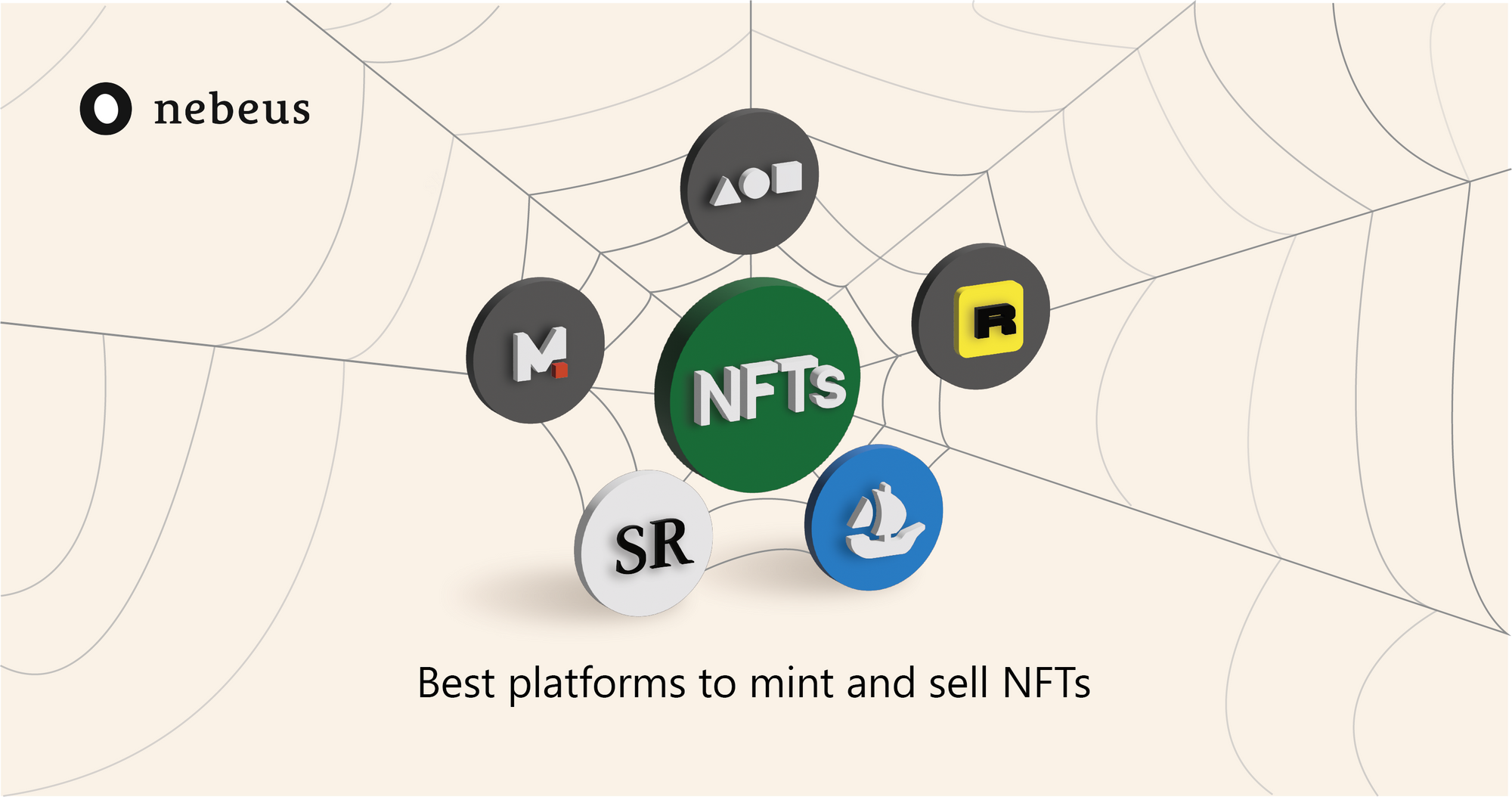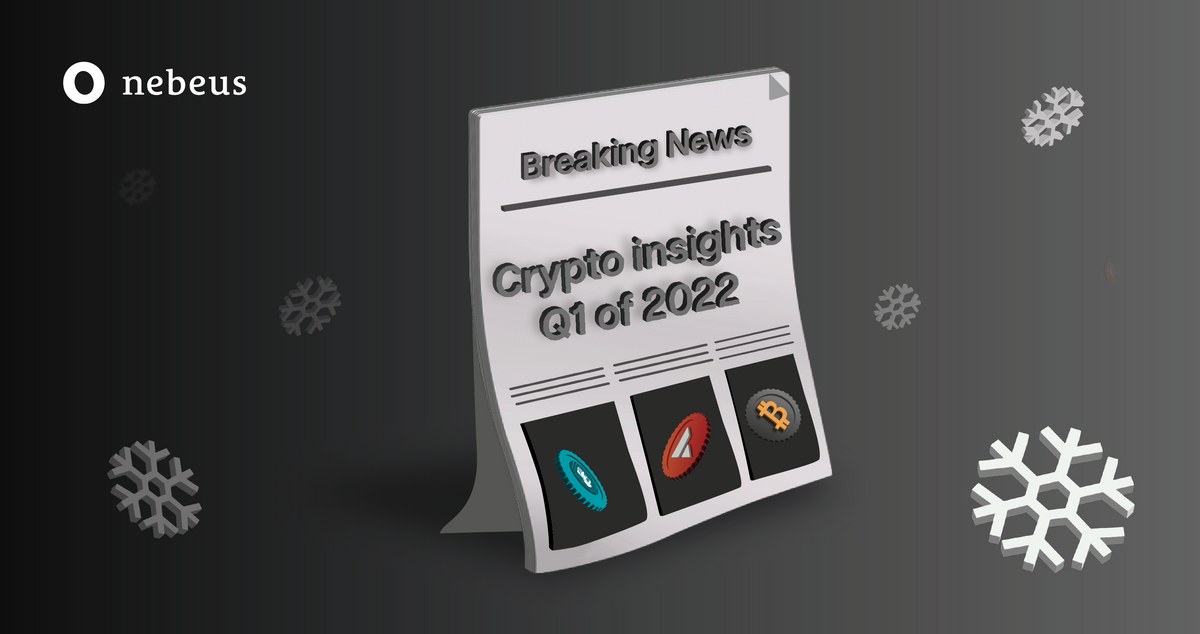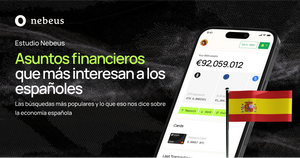As the way we browse the internet, consume content, and complete online transactions continues to evolve, so too does the very nature of the internet.
We no longer have to wrestle with clunky websites or spend hours searching for content using what now seems like “stone-age” search techniques. Instead, our browsers and apps continue to learn more about us - what we want, how we want it, and on which device.
This new age of AI learning has been around for some time, but we are about to reach the pinnacle with the advent of Web 3.0.
With this in mind, we’re going to look at what you can expect from Web 3.0 and what sets it apart from its predecessors and who the key players are forming the landscape.
What came before: Web 1.0 - Web 2.0
The ’90s and early 2000s can be described as Web 1.0, where the internet was primarily used as a source of information with very little user interaction. In addition, Web 1.0 didn’t have the same algorithms that exist today, making it incredibly difficult for users to find and access the content they wanted.
For those reading this who were regular web users in the late 90s and early 2000s, you’ll remember that social networking and comment sections on websites weren’t really a thing.
Web 2.0 is what we currently use today and can be marked by the increase in social interaction, algorithmic learning and the monopoly of content ownership by giants such as Apple, Amazon, Google and Meta (formerly Facebook).
And while this epoch and the companies that dominate it have helped bring about some significant positive changes to the internet, users have raised a number of issues regarding privacy, free speech and data security.

Web 3.0
Web 3.0 looks to overcome the issues of 2.0 by being decentralised and allowing users to retain ownership of their personal data. In doing so, content will no longer be stored in a fixed HTTP location; instead, it will be stored in multiple locations, which means that no single entity has power over a piece of content.
Another key feature of Web 3.0 will be the advancement in AI, machine learning and the way we search the internet.
In Web 3.0, computers will have the capacity to understand information in the same way as humans by using semantic web concepts and new machine language learning technologies.
This means that searching the internet will go beyond a standard google search and incorporate text, voice and any other type of media you use to take you to the web page or content you want.
Web 3.0 and Blockchain
Suppose you’re still not sure about Web 3.0. In that case, you might be happy to know that it is being built on blockchain technology, which will provide peer-to-peer internet without being dominated by a single authoritative entity.
This is huge if you’re concerned about your data and where it goes!
For years the discussion around data collection has raged throughout the internet, and it was only a matter of time before internet pioneers took major steps to give users more control over how their data is shared.
By using blockchain technology, power will be spread throughout the online community, meaning that no single person or entity will have control over the internet as a whole. Rather, change will happen by consensus.
Key players
- Microsoft
As you might already have guessed, Microsoft is already set to be a key player in the wake of Web 3.0.
Currently, Microsoft has the Azure Blockchain Service that supports the Ethereum Quorum Ledger and a blockchain-based solution for online gaming.
And while we are still in the infancy of blockchain technology, we can expect to see a lot more from Microsoft as Web 3.0 continues to evolve.
- Intel Corp.
As a corporation that has always moved with the times, Intel has been working on tech that can help move blockchain technology along. In particular, its Sawtooth blockchain platform offers complete data protection through an almost unhackable ledger, which allows businesses to operate safely and with peace of mind.
- NVIDIA
Arguably the most significant key player in Web 3.0, NVIDIA can provide chip technology that will help power the hardware required to run the complex blockchain systems and algorithms needed for Web 3.0.
However, although we expect to see other competitors come along and build their version of Web 3.0 chip technology, we don’t expect NVIDIA to give up their top spot anytime soon.
A few final words
Web 3.0 is set to take the digital world by storm, and with its use of blockchain technology, crypto investors can rest easy knowing that cryptocurrencies are here to stay. Not to mention that companies will inevitably integrate crypto currencies into their online payment systems, making it easier to make instant crypto transactions.
While many thought that the “Bitcoin Boom” was just a fad, we now see that blockchain technology will be fundamental to the future of the internet.
La inversión en criptoactivos no está regulada, puede no ser adecuada para inversores minoristas y se puede perder la totalidad del monto invertido.










